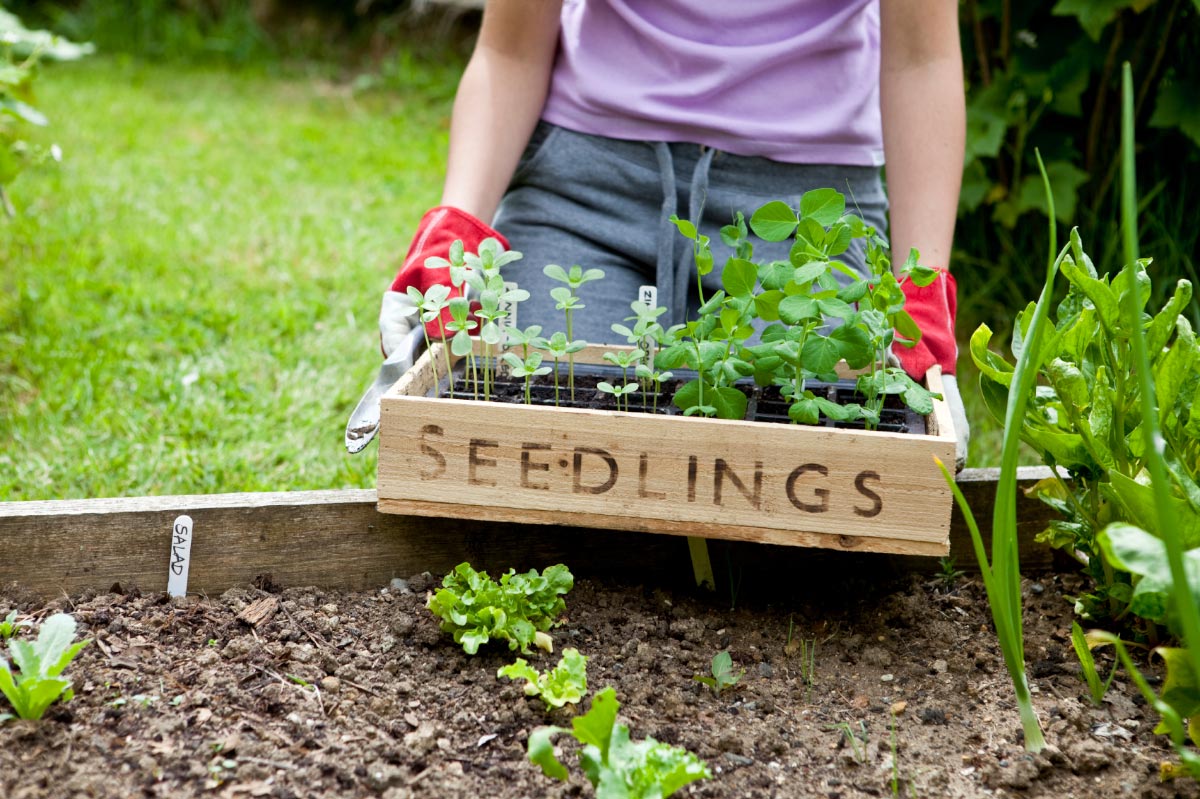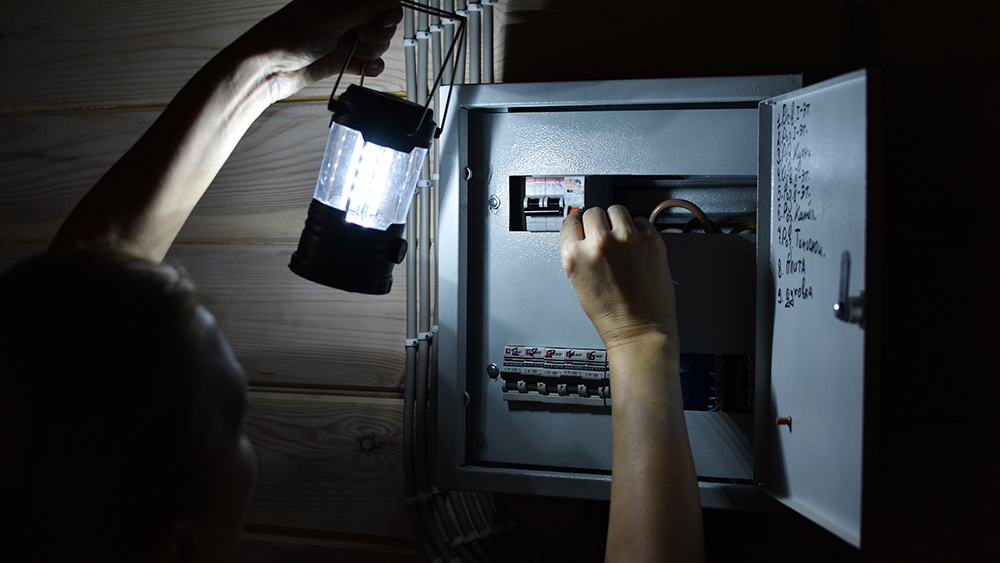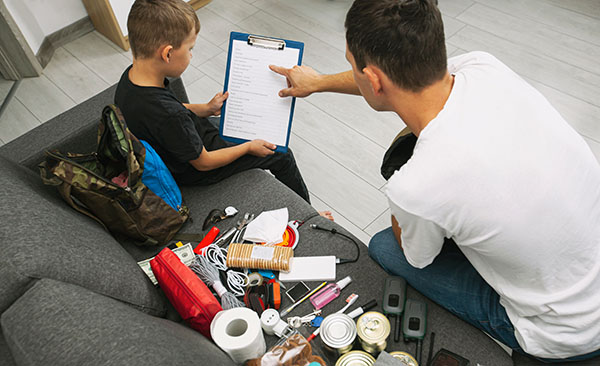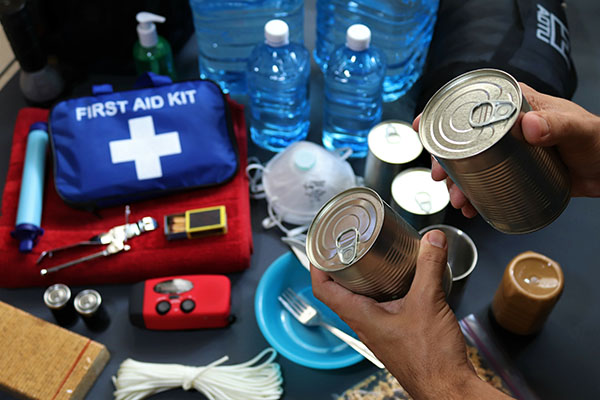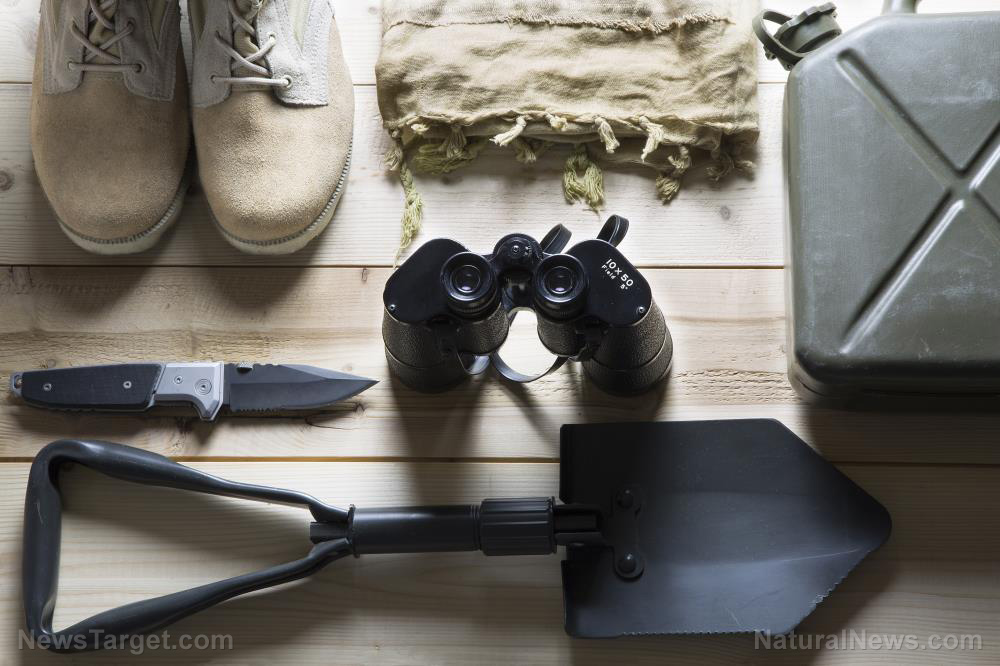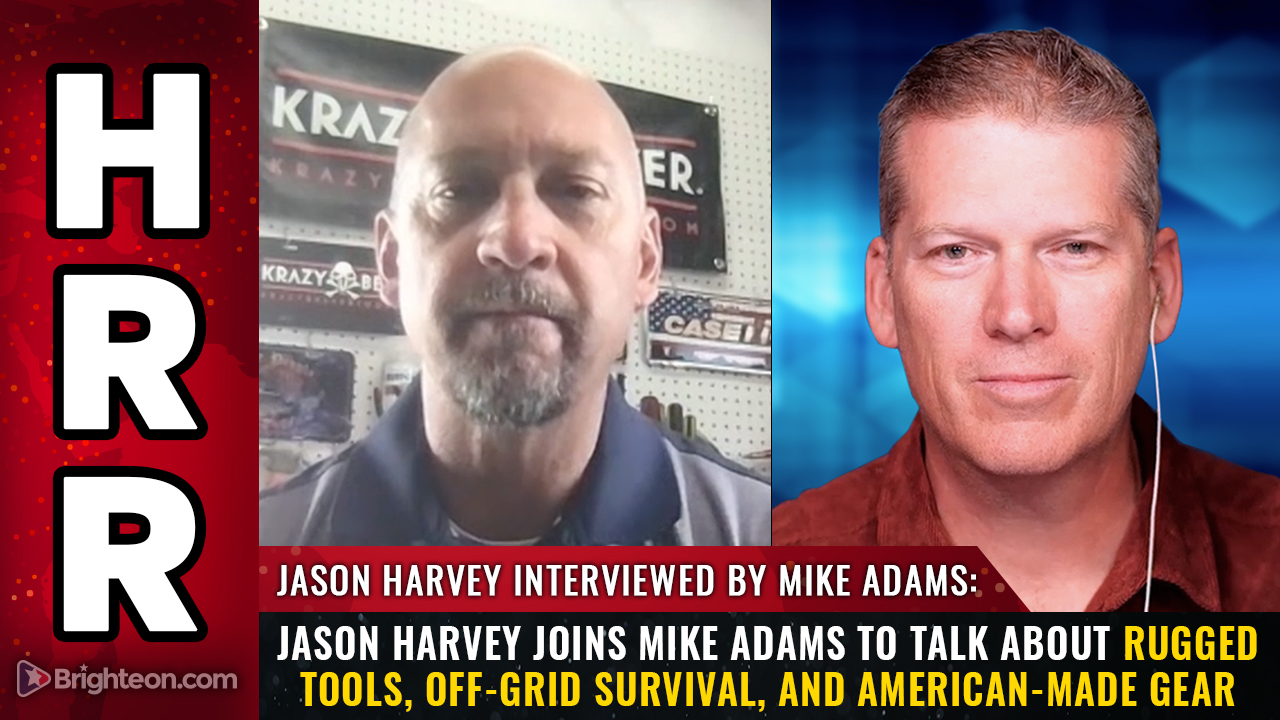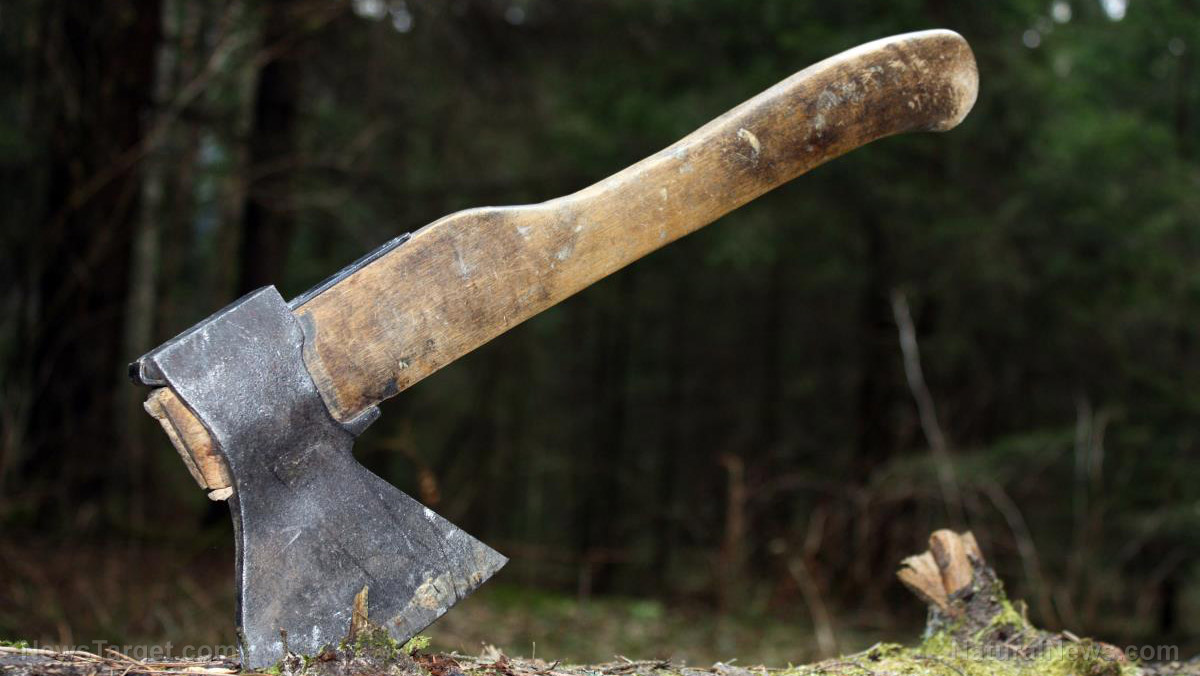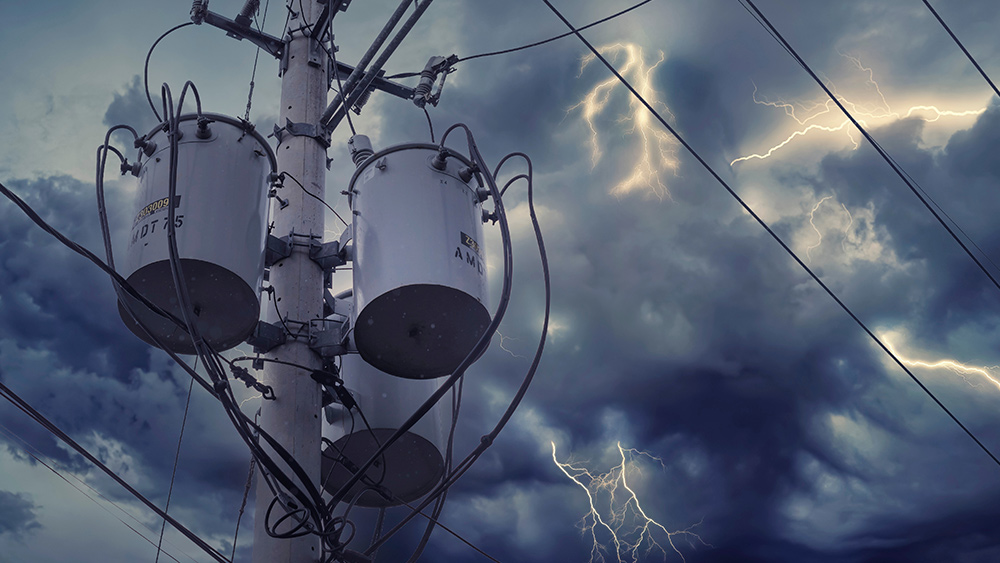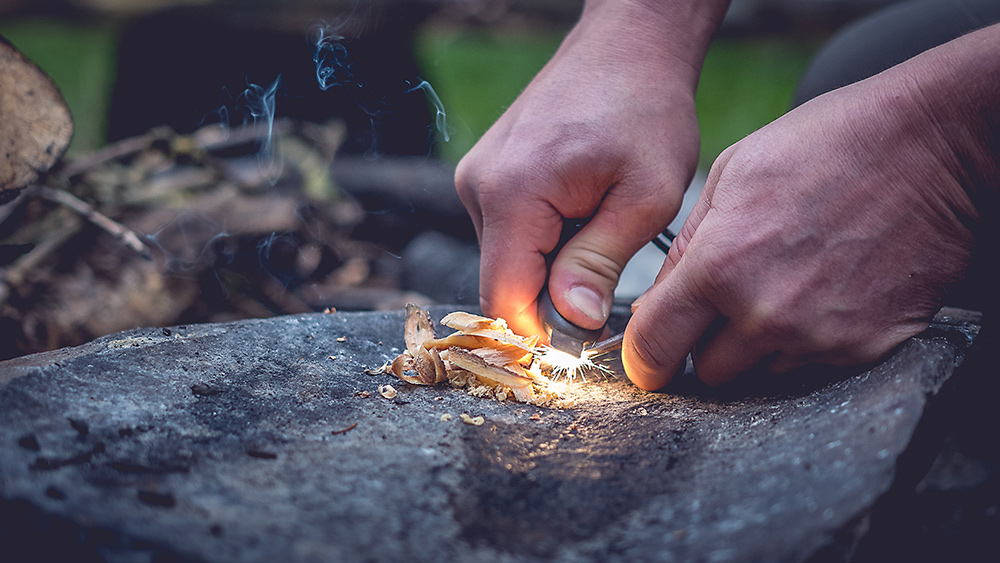How societal resilience and strategic alliances can ensure your survival
06/23/2025 / By Zoey Sky

- Despite media portrayals of chaos, real disasters show that communities working together survive better. Forming alliances with trustworthy neighbors increases safety and resource-sharing.
- When SHTF, decide if you want to stay or go. Bugging in is best for short-term disasters (e.g., power outages) if your home is secure and well-stocked. Bug out if your home is unsafe (e.g., wildfires, gangs) or supplies run out. Always have a pre-packed “go bag” and evacuation plan.
- Prepare your home and supplies. Reinforce doors and windows, stockpile supplies and have backup power (solar power or generators).
- Secure communication (hand-crank radios) and practice emergency drills (power outages, evacuations).
- Build a resilient community. Identify skilled neighbors (medical, security, farming). Pool resources, assign roles (medics, scouts) and set up group security (rotating watches). Survival isn’t just about supplies, it’s about flexibility, teamwork and preparation. Test plans beforehand to stay ahead when disaster hits.
When disaster strikes, whether it’s a power grid collapse, economic breakdown or a natural catastrophe, many people assume the worst: a lawless world where trust is scarce and survival is a solitary struggle. But history tells a different story.
While chaos may erupt in some areas, communities often band together to rebuild. The key to survival isn’t just stockpiling supplies; it’s also knowing how to adapt, when to stay put and when to seek safety elsewhere.
Read on to learn about some effective strategies for navigating a post-disaster world, from securing your home to forming alliances with trustworthy neighbors. (h/t to Survivopedia.com)
The myth of “Every man for himself”
Popular media often paints a grim picture of post-disaster life, such as lone survivors fending off desperate looters and being isolated and distrustful. But real-world disasters, from hurricanes to economic collapses, show that cooperation is often the best survival strategy.
In prolonged crises, warlords or opportunistic gangs may seize control in some areas, but they rarely dominate entirely. Stronger communities form, creating “safe zones” where people work together to protect resources and restore order.
The lesson? Isolation might seem safer, but alliances increase long-term survival odds.
Bugging in vs. bugging out: Which is safer?
One of the first decisions in a disaster is whether to shelter in place (bug in) or evacuate (bug out).
The right choice depends on the threat.
When to bug in (stay put)
Staying home is often the best option if:
- The disaster is short-term, such as a power outage or a minor storm.
- Evacuation routes are unsafe due to flooded roads or wildfires.
- Your home is well-stocked with food, water and security measures when disaster strikes.
Key preparations for bugging in
Follow these steps to prepare your family if you plan on bugging in when SHTF:
- Reinforce your shelter by boarding up windows and securing loose objects.
- Stockpile essentials, such as two weeks’ worth of food, clean drinking water and medicine. (Related: Prepping 101: The ultimate guide to building a family emergency plan.)
- Have backup power such as solar chargers and generators, along with extra fuel.
- Secure communication methods, such as hand-crank radios or prearranged signals.
When to bug out (evacuate)
It might be safer to leave your home if:
- Your home is in immediate danger of, for example, approaching wildfire or if you live in a flood zone.
- Local gangs or violence make staying unsafe.
- Supplies are running out after a disaster and no aid is coming.
Key preparations for bugging out
Follow these steps to prepare your family if you plan on bugging out when SHTF:
- A pre-packed “go bag” with food, water, first aid and documents for each family member.
- A mapped evacuation route. If possible, avoid main roads.
- A secure destination such as a trusted friend’s home or a rural retreat.
The power of community: Strength in numbers
History shows that survivors who form organized groups fare better than lone wolves.
Here’s how to build a resilient network:
- Identify trustworthy neighbors – Start with those who share skills, such as medical training, farming and security.
- Pool resources – Shared food, tools and labor will stretch supplies further in a survival scenario.
- Establish security – Rotating watch shifts will deter looters without resorting to violence.
- Plan for leadership – Delegate clear roles, such as medics, scouts and negotiators to prevent chaos among the group.
Veterans and preppers often become natural leaders during crises since their skills in navigation, defense and logistics are invaluable.
Surviving common disaster scenarios
Different disasters require different responses. Here’s how to handle three major threats:
Economic collapse
During economic collapse, common threats can include food shortages, unemployment and crime spikes.
Include the following in your survival plan:
- Barter, don’t hoard – Skills like gardening and repairs will be more in demand and trade better than cash.
- Grow your own food – Even small gardens can supplement your food supply.
- Avoid flashy wealth – Don’t advertise stockpiles to avoid theft.
Pandemic outbreak
During a pandemic outbreak, diseases will spread and quickly overwhelm hospitals.
Include the following in your survival plan:
- Isolate early – Limit your family’s contact with outsiders.
- Stock up on masks, gloves and sanitizer – Maintaining proper hygiene helps prevent infection.
- Have backup meds – Family members with chronic conditions still need treatment, so stock up on their prescriptions.
Social unrest
With social unrest comes threats such as riots, looters and martial law.
Include the following in your survival plan:
- Stay off the streets – Keep your head down and avoid confrontation.
- Fortify entry points – Reinforce all the doors and windows in your house.
- Know alternate exits – If violence nears, escape your home quietly.
Practice before disaster hits
A plan is useless if it’s never tested.
Before disaster strikes, drill responses to:
- Power outages, so you can find out the most effective ways to cook without electricity.
- Evacuations, to find out how fast everyone can get their go-bags and head to your bug-out car.
- Communication blackouts, to find a spot to meet up if phones fail.
As you prepare for disaster, keep in mind that survival isn’t just about gear. It also requires flexibility, community and smart decision-making. Preparing your family can ensure that when disaster strikes, you’re not just surviving but thriving.
Visit FoodSupply.news for more ideas on how to build a reliable food stockpile for emergencies. You can also check out Health Ranger Store and Brighteon Store for more clean food supplies for your prepping stockpile.
Watch this clip about Organic Mashed Potatoes, a delicious and nutritious addition to your routine and survival stockpile.
This video is from the Health Ranger Store channel on Brighteon.com.
More related stories:
From waste to wealth: How composting fuels off-grid gardening and homestead success.
Health Ranger Report: Stefan Verstappen discusses community prepping and survival wisdom.
Emergency kit essentials: Why instant tomato soup belongs in your survival food stockpile.
Emergency medicine: How to make your own first-aid antiseptic at home using natural ingredients.
Sources include:
Submit a correction >>
Tagged Under:
bug out, Collapse, disaster, emergency preparedness, homesteading, how-to, off grid, preparedness, prepper, prepping, prepping community, SHTF, survival, tips
This article may contain statements that reflect the opinion of the author
RECENT NEWS & ARTICLES
COPYRIGHT © 2017 OFFGRID NEWS

